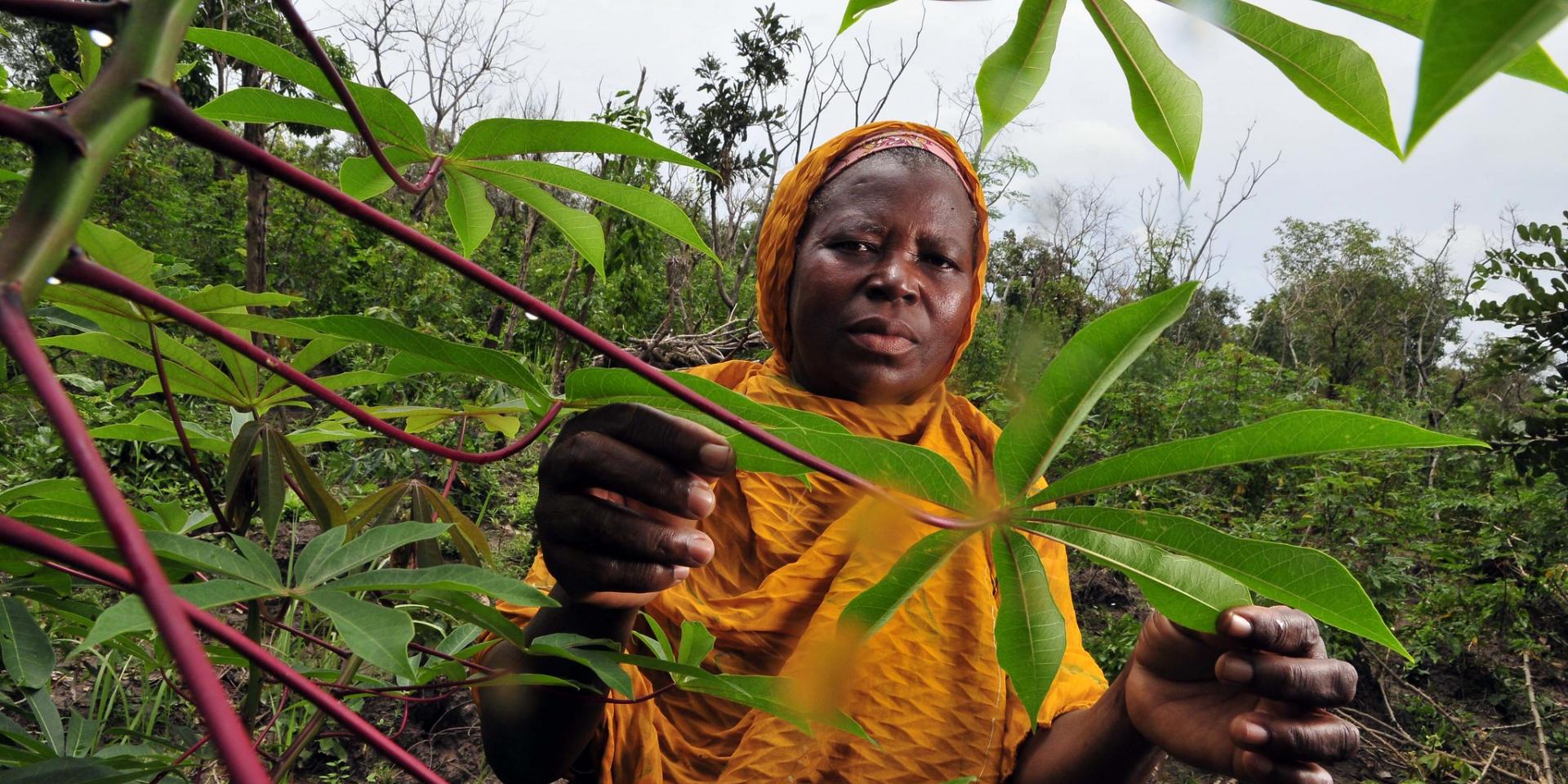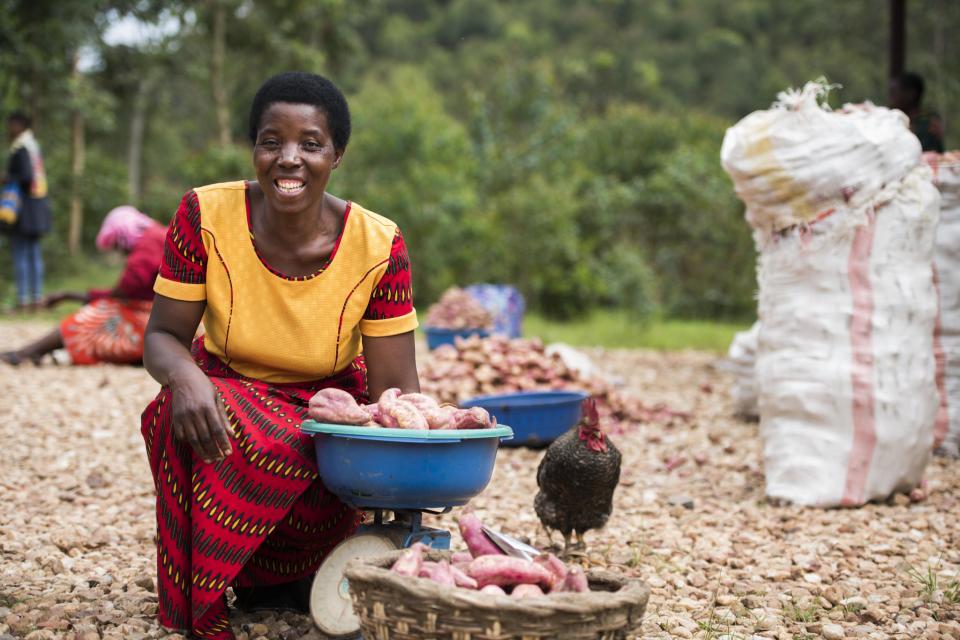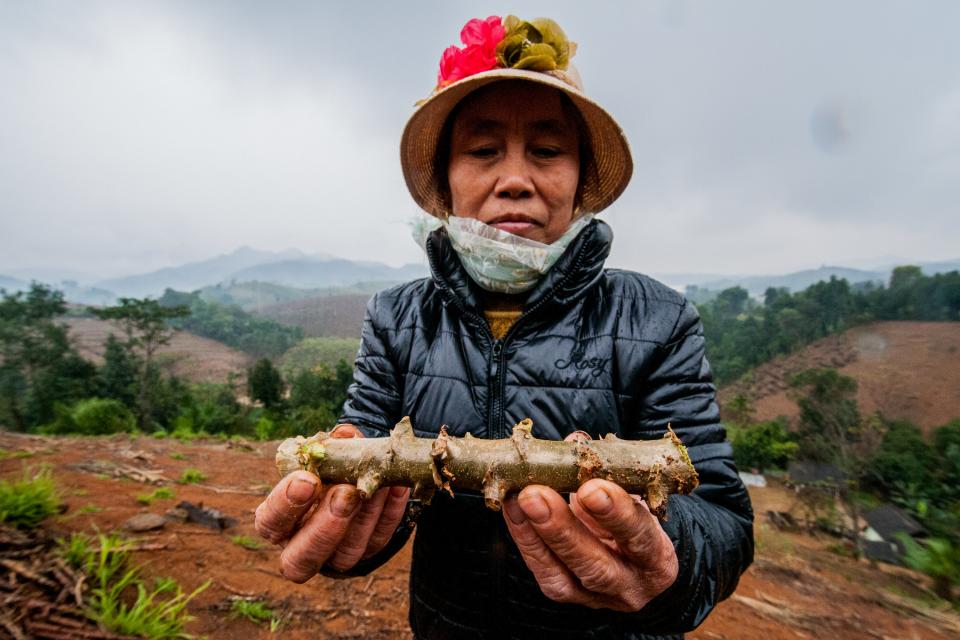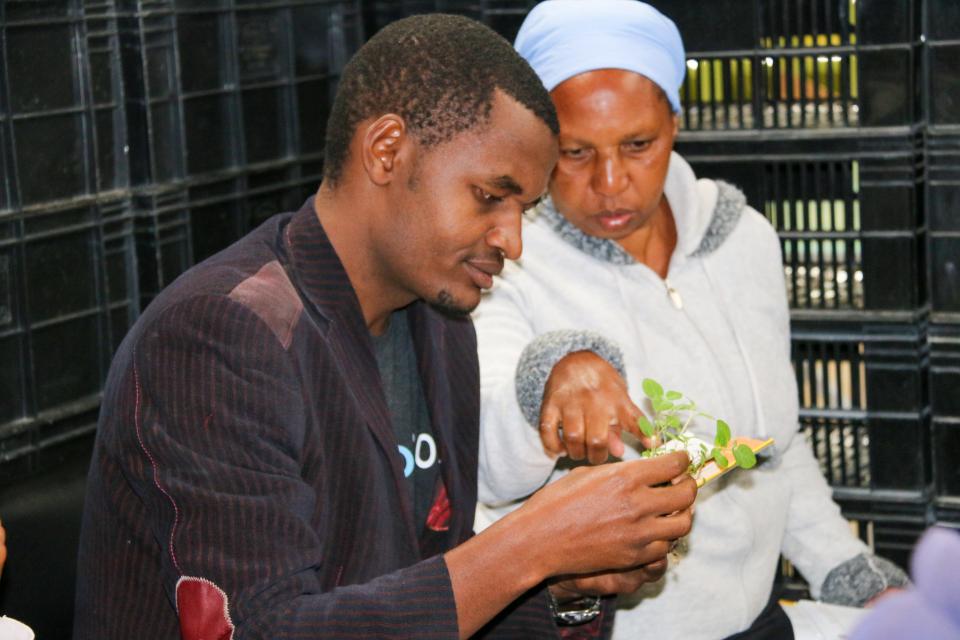Five ways crop breeding can benefit rural women
 Photo: Neil Palmer/CIAT
Photo: Neil Palmer/CIAT
Too often, agricultural progress is inhibited by innovations designed by and for men. But what would happen if women were involved in design and development? One aspect of agricultural science – crop breeding – has major potential to empower women to become the author of their lives. By making crops more climate and disease resilient, improving their community roles and livelihoods, and ensuring their preferences are incorporated into new varieties, crop breeding can set the pace for the future of women in agriculture.
As the world marks the International Day of Rural Women on Oct 15 this week, let us dive into the five ways crop breeding can close the gender gap for rural women farmers:
1. Using breeding tools can help us understand and meet rural women's needs
Preconceptions about the roles played by rural women farmers and consumers can lead to them being denied the resources needed to improve their incomes. For example, in Uganda’s case, banana is an important staple crop that's grown by 75 percent of farmers. According to CGIAR’s Research Program on Roots, Tubers and Bananas (RTB), research shows that in Uganda, impoverished women that might not have a man in their house may find obtaining banana planting material a challenge. Hence, for poor female-run households, rural women farmers may be more susceptible to being excluded from obtaining resources to improve their crop harvest.
But, champions of the gender-responsive breeding approach, such as the Excellence in Breeding (EiB) Platform, are ensuring the needs of women are met by developing gender responsive Product Profiles. The concept allows breeders to produce varieties that take gender into account, ensuring they have the upper hand in selected markets. Understanding what traits women prefer will lead to varieties that are more broadly and rapidly adopted. And meet the work, nutrition and production needs of women.


